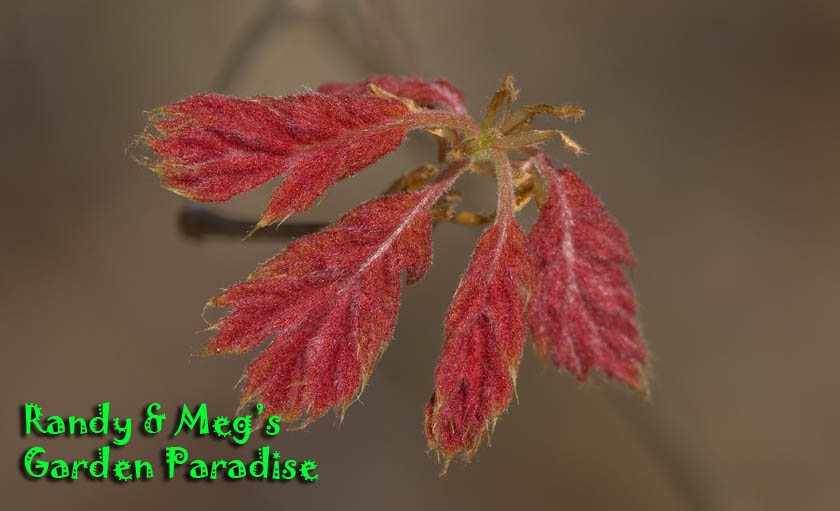I have lived here 12 years and have been keeping a butterfly list since I moved in. The list had been until last year stuck at 75 species for a few years. Last summer we were taking a break on the deck and saw a Gulf Fritillary on the butterfly bush, butterfly 76. A few weeks ago Appalachian Brown was seen in the neighbors yard then the next day I took photos of it at our compost bin. The next day a Tawny-edged Skipper showed up so boom bang we are at 78 species. The only reasonable butterfly left is Zebra Swallowtail.
Lets think about this number 78 species, it is big but you have to keep in mind that for 12 years I have taken surveys of the garden and driveway. And I know the butterflies I see from doing it so long. I'd think most of you that live in a good wildlife habitat could reach a number close to this or even higher. Down in south Texas this number could be a list of butterflies seen in one month!
Surveying butterflies are just are not done very often in many parts of the country. Many places have little or no public places to survey and no locals with the experience to perform a comprehensive survey. Here in North Carolina we cover it fairly well, our Orange County yard has seen more species than about 60 of the 100 counties in North Carolina. I'm not saying we have more species than those 60 or so counties, they just don't get surveyed and recorded. Orange County has 94 species on its list, 17 other counties have seen more species than we have.

The Appalachian Brown on our compost bin
Here is our yard list
1 Pipevine Swallowtail
2 Black Swallowtail
3 Eastern Tiger Swallowtail
4 Spicebush Swallowtail
5 Cabbage White
6 Falcate Orangetip
7 Clouded Sulphur
8 Orange Sulphur
9 Cloudless Sulphur
10 Little Yellow
11 Sleepy Orange
12 Great Purple Hairstreak
13 Coral Hairstreak
14 Banded Hairstreak
15 Henry's Elfin
16 Eastern Pine Elfin
17 Olive Hairstreak
18 White M Hairstreak
19 Gray Hairstreak
20 Red-banded Hairstreak
21 Eastern Tailed-Blue
22 Spring Azure
23 Summer Azure
24 American Snout
25 Gulf Fritillary "stray in 2008"
26 Zebra Longwing "stray in 1997"
27 Variegated Fritillary
28 Great Spangled Fritillary
29 Silvery Checkerspot
30 Pearl Crescent
31 Question Mark
32 Eastern Comma
33 Mourning Cloak
34 American Lady
35 Painted Lady
36 Red Admiral
37 Common Buckeye
38 Red-spotted Purple
39 Viceroy
40 Hackberry Emperor
41 Tawny Emperor
42 Northern Pearly-eye
43 Appalachian Brown new in 2009
44 Gemmed Satyr
45 Carolina Satyr
46 Little Wood-Satyr
47 Common Wood-Nymph
48 Monarch
49 Silver-spotted Skipper
50 Long-tailed Skipper "strays in"
51 Hoary Edge
52 Southern Cloudywing
53 Northern Cloudywing
54 Hayhurst's Scallopwing
55 Sleepy Duskywing
56 Juvenal's Duskywing
57 Horace's Duskywing
58 Zarrucco Duskywing
59 Wild Indigo Duskywing
60 Common Checkered Skipper
61 Common Sootywing
62 Swarthy Skipper
63 Clouded Skipper
64 Least Skipper
65 Fiery Skipper
66 Tawny-edged Skipper
67 Crossline Skipper
68 Southern Broken Dash
69 Northern Broken Dash
70 Little Glassywing
71 Sachem
72 Delaware Skipper
73 Zabulon Skipper
74 Dun Skipper
75 Pepper and Salt Skipper
76 Common Roadside-Skipper
77 Eufala Skipper
78 Ocola Skipper
My next posting will cover two new species of odonates I recently found the Eastern Ringtail dragonfly and the Burgandy Bluet damselfly. I also finally took photos of the Fawn Darner.
















































